![]() The Solutions Journalism Network is leading a systems-level change in journalism so that all people – no matter how or where they get their news – have access to rigorous reporting not only about problems, but about promising and evidence-based responses to them as well. This is especially critical for the coverage of our changing climate, where apocalyptic, unsolvable, doom and gloom stories far outweigh those that examine meaningful efforts to advance environmental repair, resilience and adaptation. The news plays a pivotal role in making this information widely available.
The Solutions Journalism Network is leading a systems-level change in journalism so that all people – no matter how or where they get their news – have access to rigorous reporting not only about problems, but about promising and evidence-based responses to them as well. This is especially critical for the coverage of our changing climate, where apocalyptic, unsolvable, doom and gloom stories far outweigh those that examine meaningful efforts to advance environmental repair, resilience and adaptation. The news plays a pivotal role in making this information widely available.
To advance this work, SJN is launching the Climate Beacon Newsroom Initiative in partnership with Covering Climate Now and Climate Central. This year-long program (through September 2023) will bring together five newsrooms in the U.S. to work individually and collectively to transform their coverage of the changing climate throughout their organizations. In addition, each newsroom will select a Climate Fellow to take part in the Solutions Journalism Network Train-the-Trainers program (ToT). These five fellows will each create a climate solutions journalism training module that they will use to spread the practice of solutions journalism in covering our changing climate. Each Climate Fellow fellow will receive $5000 stipend for their work, in addition to the $20,000 stipend awarded each newsroom. All programming will be conducted virtually.
Click here to review the full application and apply. All U.S.- based newsrooms ready to shift their climate reporting coverage toward rigorous, evidence-based reporting on solutions to the climate crisis are encouraged to apply. Mark your calendars for the October 10th application deadline. Semifinalist newsrooms will be announced on October 14th. Click here for our application FAQs.
Learn about SJN’s other work to advance climate solutions journalism on our Climate Solutions page; scroll down to read the latest climate solutions journalism from a variety of news outlets.

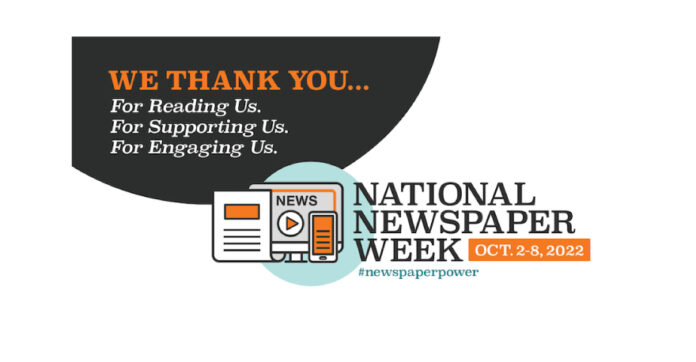
 The 82nd annual National Newspaper Week is a recognition of the service of newspapers and their employees throughout the United States and Canada and is sponsored by
The 82nd annual National Newspaper Week is a recognition of the service of newspapers and their employees throughout the United States and Canada and is sponsored by 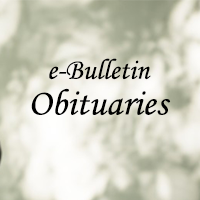

 The Maine Press Association’s 2022 Fall Conference will be held on October 22 at the Atlantic Oceanside Hotel & Event Center in Bar Harbor.
The Maine Press Association’s 2022 Fall Conference will be held on October 22 at the Atlantic Oceanside Hotel & Event Center in Bar Harbor.
 Thirty-one news organizations will receive support through the American Press Institute’s Election Coverage & Community Listening Fund, an initiative to empower newsrooms to implement community listening in their election coverage.
Thirty-one news organizations will receive support through the American Press Institute’s Election Coverage & Community Listening Fund, an initiative to empower newsrooms to implement community listening in their election coverage.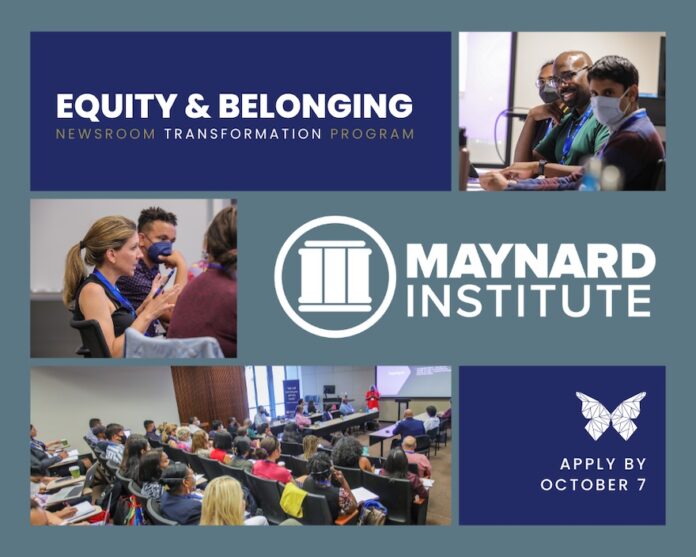
 The Robert C. Maynard Institute for Journalism Education is now accepting applications for its new Equity & Belonging Newsroom Transformation program, funded by the
The Robert C. Maynard Institute for Journalism Education is now accepting applications for its new Equity & Belonging Newsroom Transformation program, funded by the 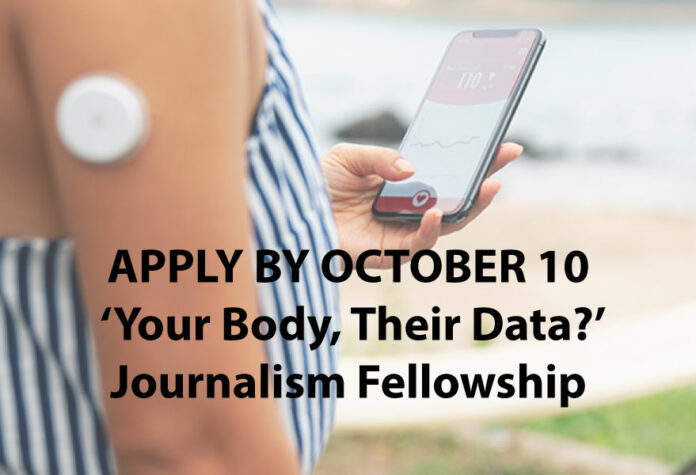
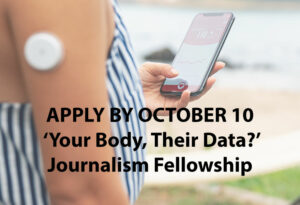 The National Press Foundation is offering a new journalism fellowship: Your Body, Their Data? Reporting on Privacy, Tech and Biometrics.
The National Press Foundation is offering a new journalism fellowship: Your Body, Their Data? Reporting on Privacy, Tech and Biometrics.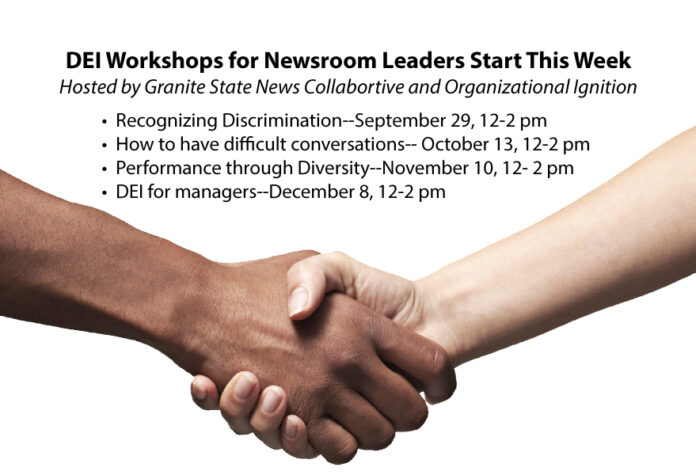
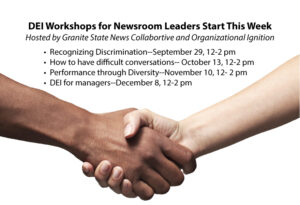 The
The 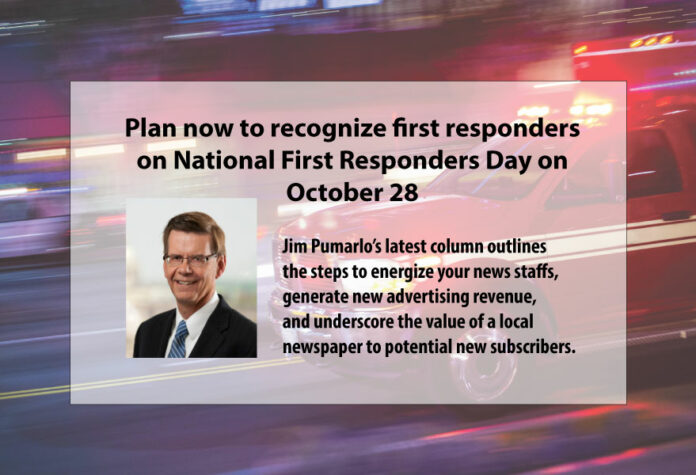

2022 New England First Amendment Institute Journalism Fellows
The New England First Amendment Coalition is pleased to announce the incoming class of fellows for its 2022 New England First Amendment Institute.
Now in its 12th year, the institute provides support and training for New England journalists and gives them the tools they need to become more accomplished investigative reporters, well-versed in the freedom of information laws that govern today’s difficult reporting landscape.
The institute — provided at no cost to those who attend — is Oct. 23-25 and features many of the country’s elite reporters, editors and media attorneys. Keynote speakers include Sewell Chan of the Texas Tribune and Mark Walker of The New York Times.
This year’s institute is made possible by the generosity of Northeastern University, the Academy of New England Journalists, the Rhode Island Foundation, and Boston University.
Learn more and meet the NEFAI 2022 Fellows